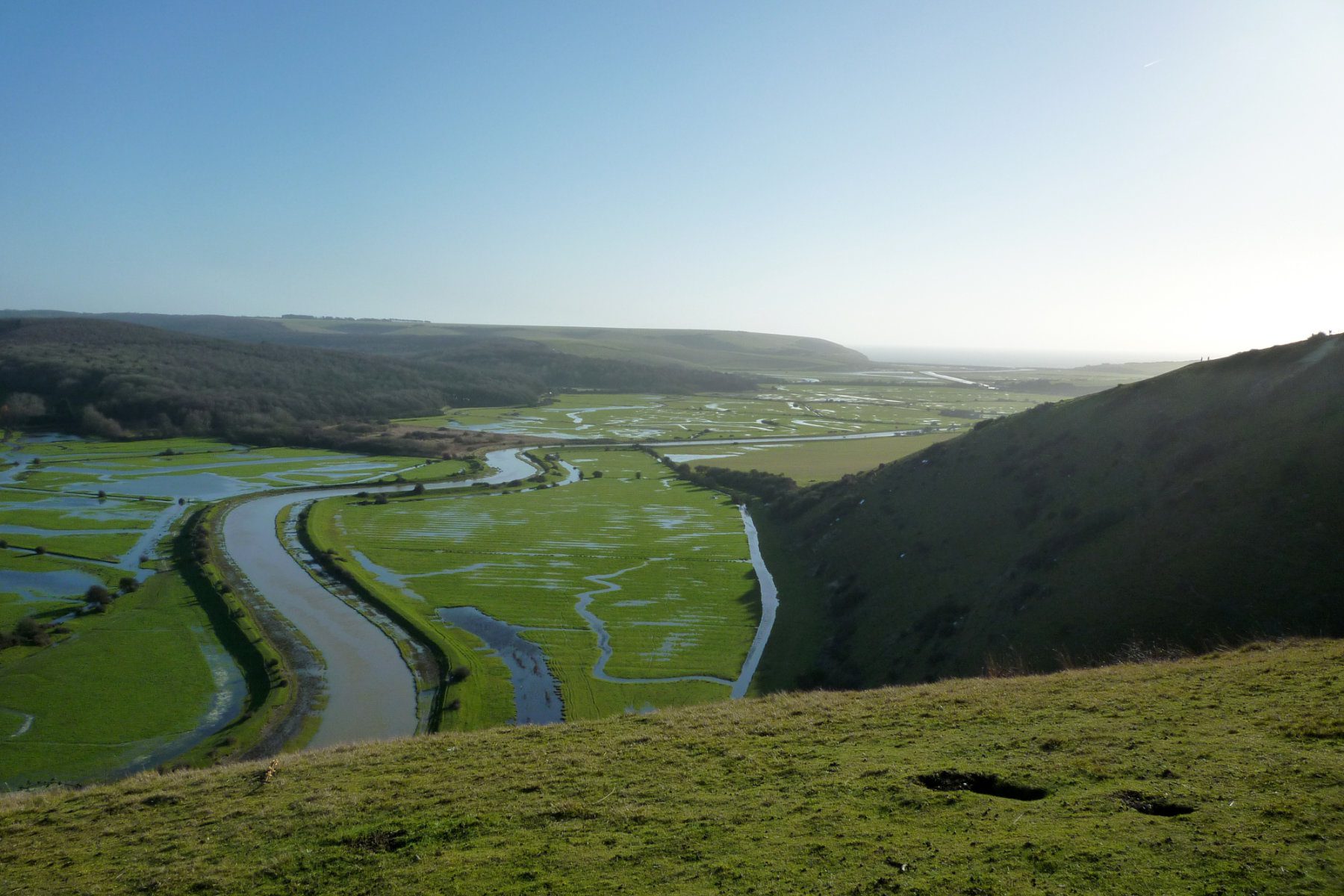The rivers of England and Wales are still busy with birdlife in autumn. To make the most of the fact, simply find a peaceful patch on a riverbank, linger, and be patient. There’s something gloriously meditative about spending a couple of slow hours with a flask of coffee and a pair of binoculars — particularly with these eight characters to enjoy.
Kingfisher
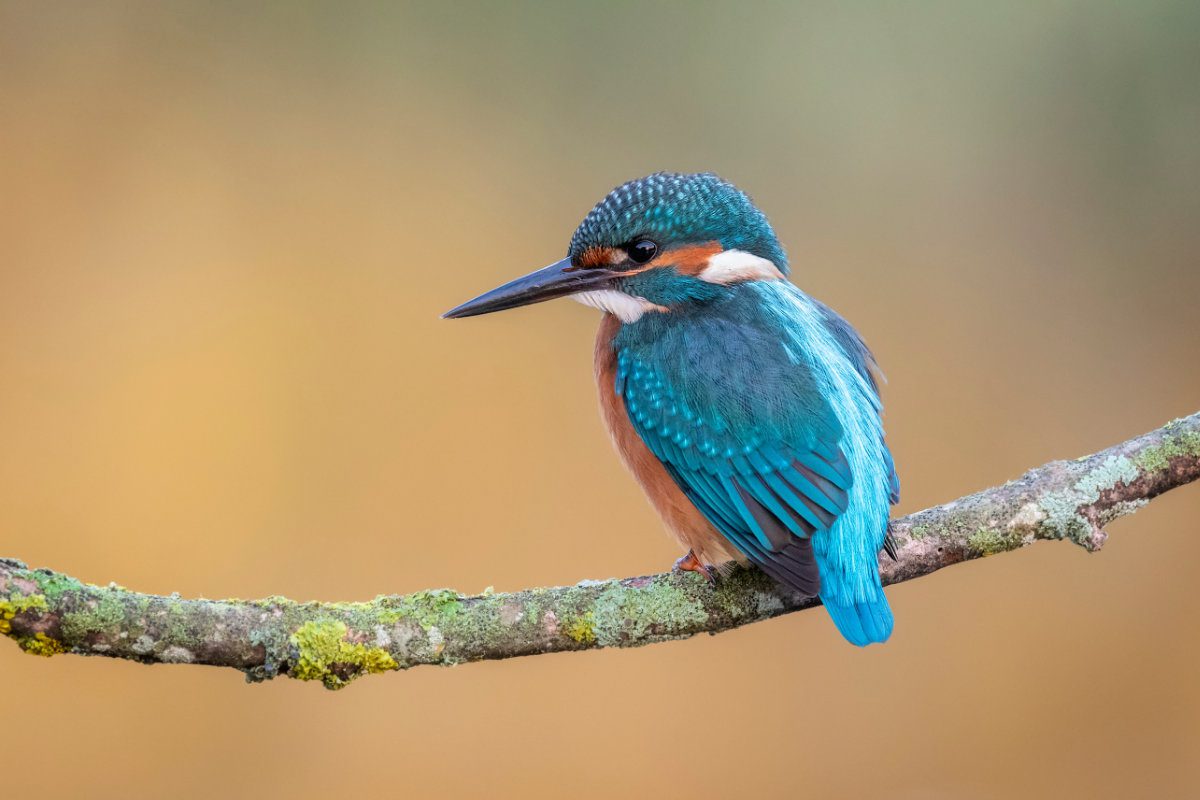
Scientific name: Alcedo atthis
The electric blue and orange flash of a kingfisher in flight never fails to thrill. Whirring fast and low across the water — there one second and gone the next — this handsome bird very much lives up to its name. Its slender, pointed bill allows it to ambush minnows, sticklebacks, tadpoles and freshwater shrimps.
ID tips: Kingfishers are small, shy birds. Look for them on quiet wooded stretches and listen for a high whistled ‘tzeeee’.
Grey heron
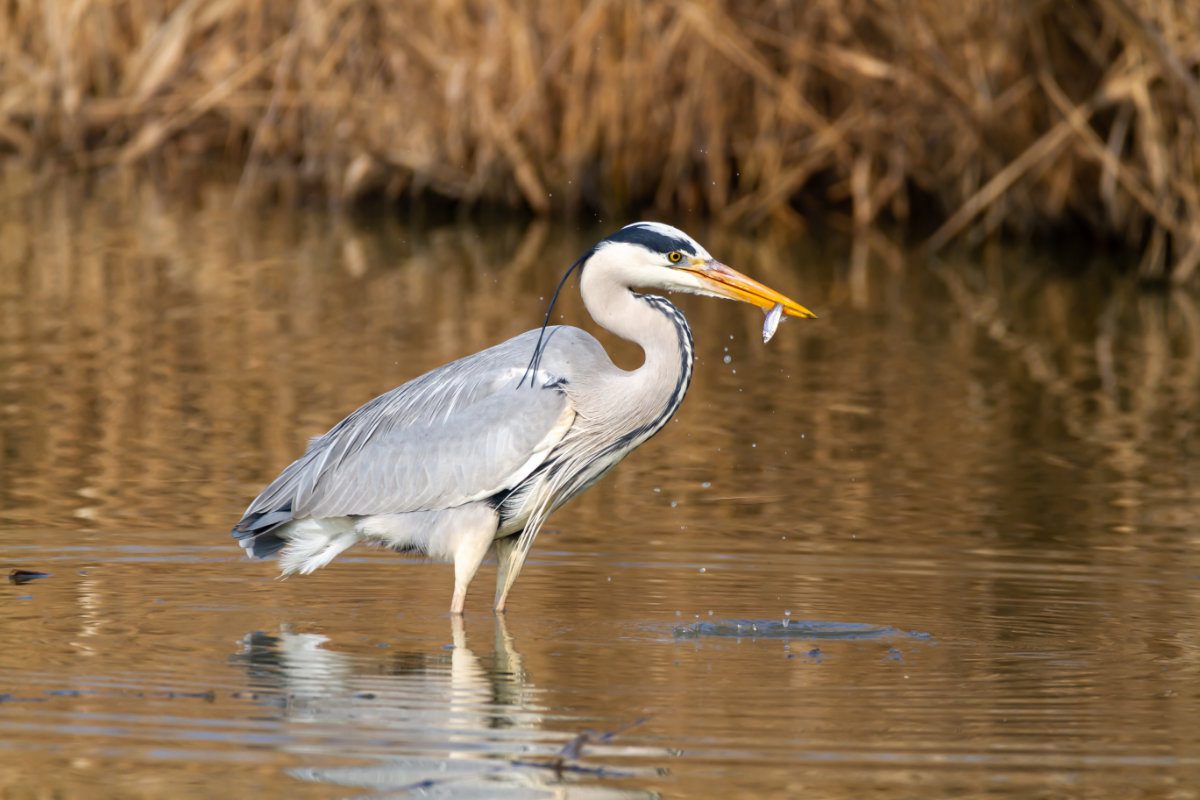
Scientific name: Ardea cinerea
The unmistakable grey heron is one of the UK’s most extraordinary resident birds. Its dagger-sharp bill seems almost precision-engineered, and to witness the bird stepping oh-so-slowly through the shallows — determined not to betray its presence to any passing fish, shortly before delivering a fatal, lightning-fast stab — is a compelling sight.
ID tips: A fully grown heron can stand up to a metre tall. Look for a slow, heavy wingbeat when in flight, and listen for a harsh ‘kaark’ call.
Coot
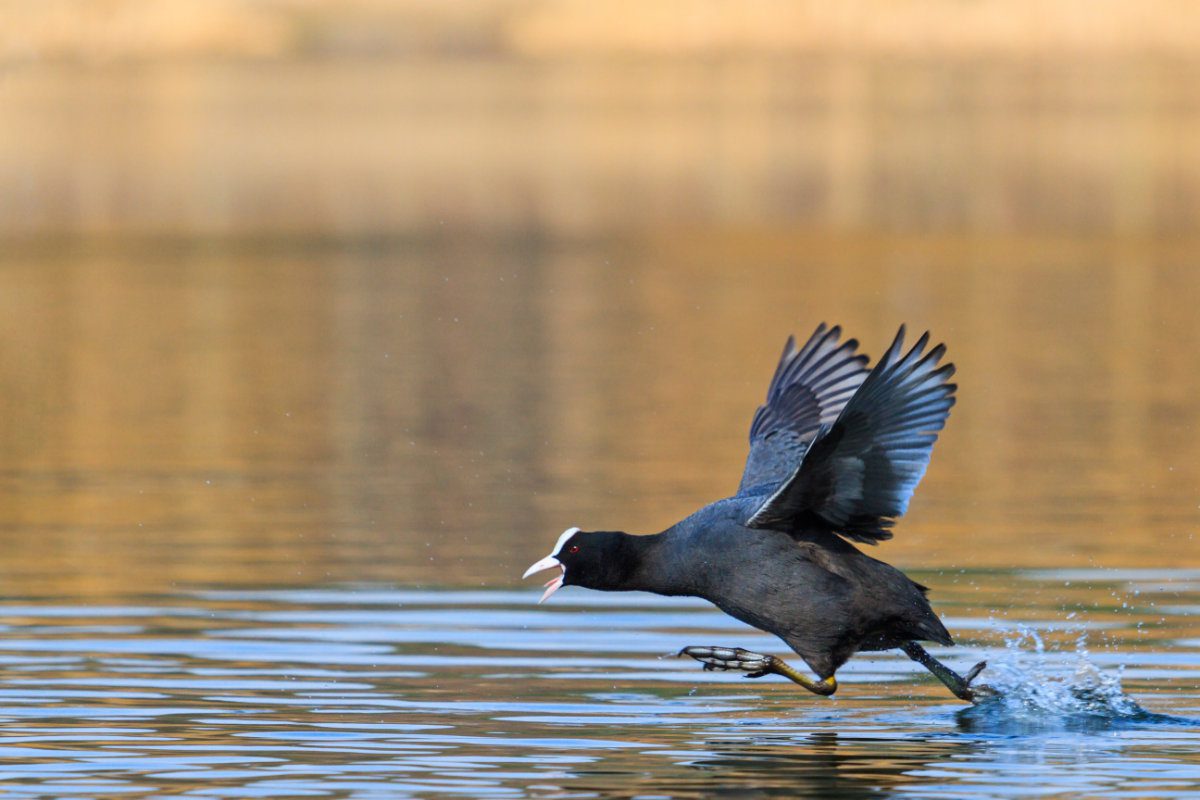
Scientific name: Fulica atra
Sooty-black with the exception of its ice-white bill and high frontal shield (which gives rise to the expression ‘bald as a coot’), this uncomplicated water bird is frequently seen busying itself among reeds and river plants. It dives often and has a nodding head movement as it swims.
ID tips: If you’ve never seen a coot taking off, it’s quite a spectacle — the bird ‘runs’ along the water surface to gather speed.
Dipper

Scientific name: Cinclus cinclus
Few birds are quite so likeable as the dipper, a white-bibbed river-dweller that takes its name from its habit of hopping into the water and diving underwater for food. It’s often seen flying low along fast-flowing rivers, perching on logs and boulders and restlessly bobbing and curtseying.
ID tips: It’s a small bird with short wings, similar in size to a house sparrow but considerably bulkier. Males and females look alike.
Canada goose
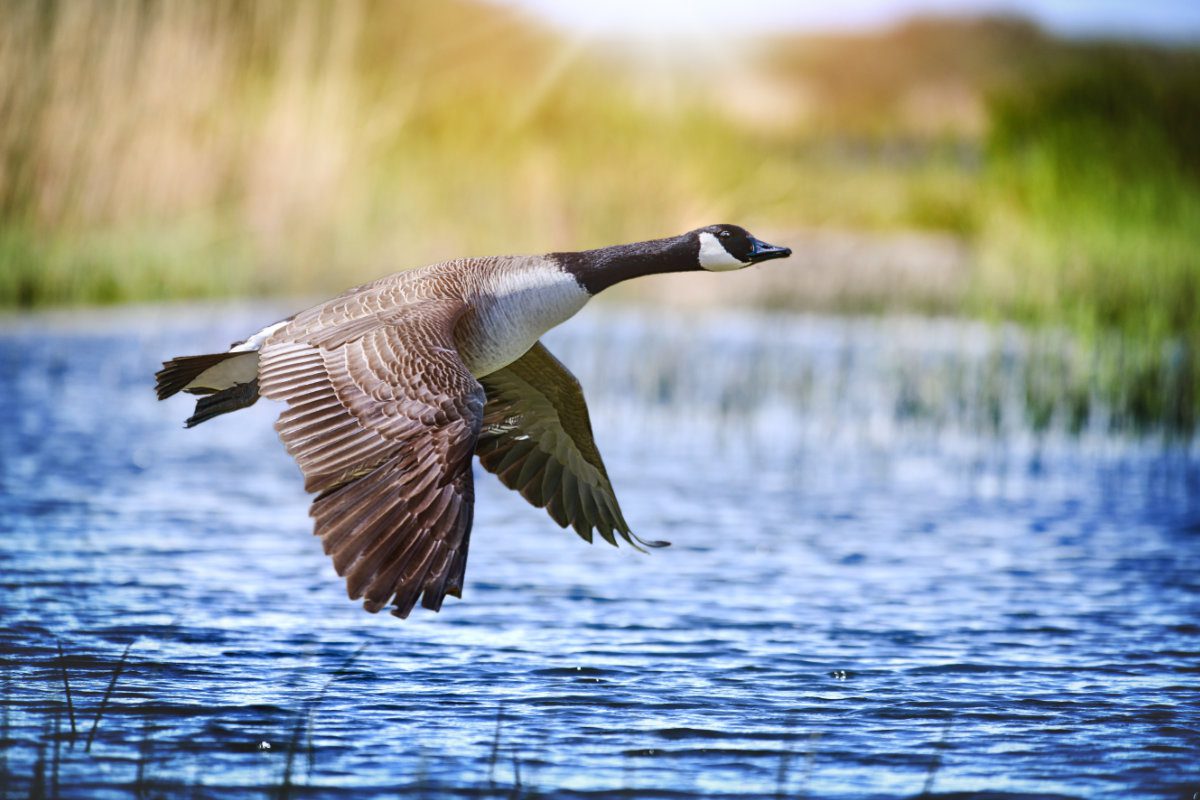
Scientific name: Branta canadensis
The Canada goose, with its glossy black head and white chinstrap, is a familiar site on our lakes and waterways — but as its name suggests, the species is non-native. It first came to Britain when it was introduced to London’s St James’ Park in the 17th century. Today we have more than 80,000 pairs.
ID tips: As our largest goose, it can weigh almost 5kg — and it’s hard to miss its loud honking noise!
Moorhen
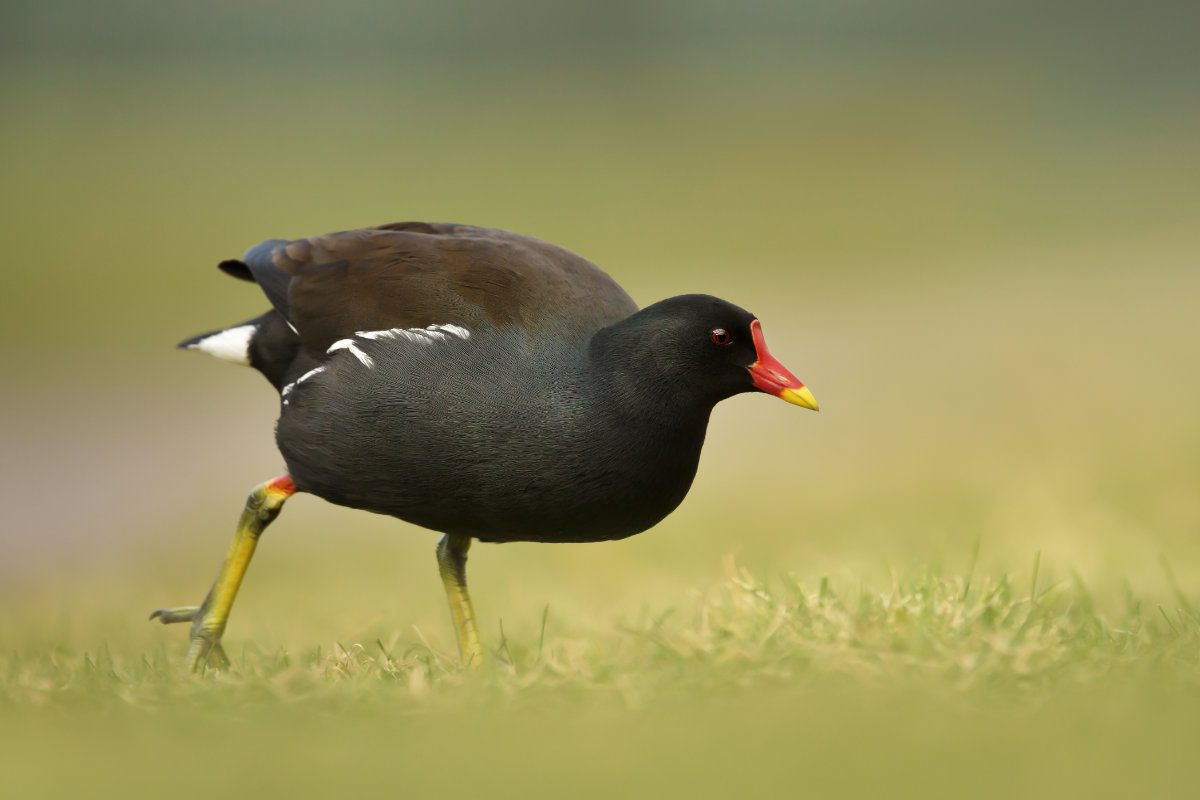
Scientific name: Gallinula chloropus
Another common sight on our lakes and wetlands, this is a smallish bird with a big personality. Its tail is generally held high and gets flicked and flirted as the moorhen swims around. Pleasingly, the accepted collective noun for the species is a ‘plump’ of moorhens.
ID tips: Similar in many ways to a coot, other than its tell-tale red-orange, yellow-tipped bill. The brighter the bill, the healthier the moorhen.
Mallard
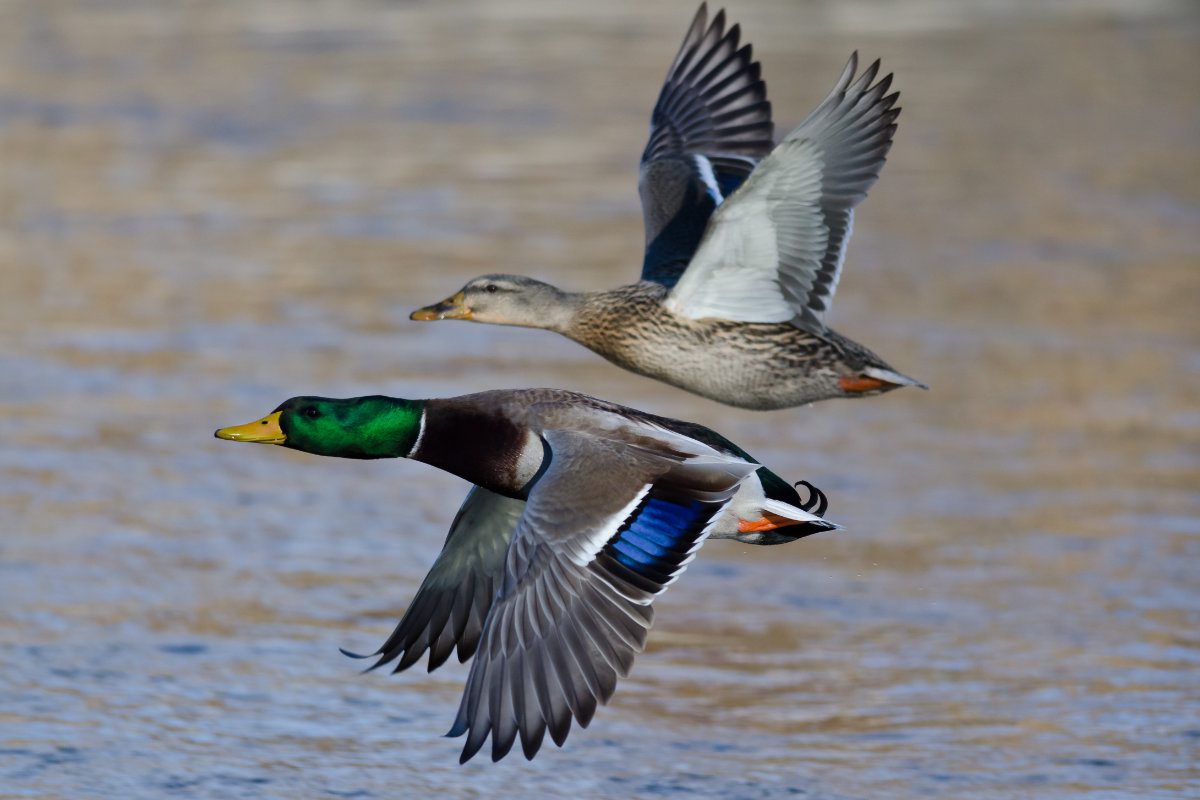
Scientific name: Anas platyrhynchos
The most widespread surface-feeding duck in the country is the mallard. The male has an impossibly elegant plumage, complete with precisely banded colours and an iridescent green head. The female is less showy. These birds start to pair in October or November, well in advance of breeding season.
ID tips: The classic ‘quack’ sound is that of the female — the males don’t quack at all!
Cormorant
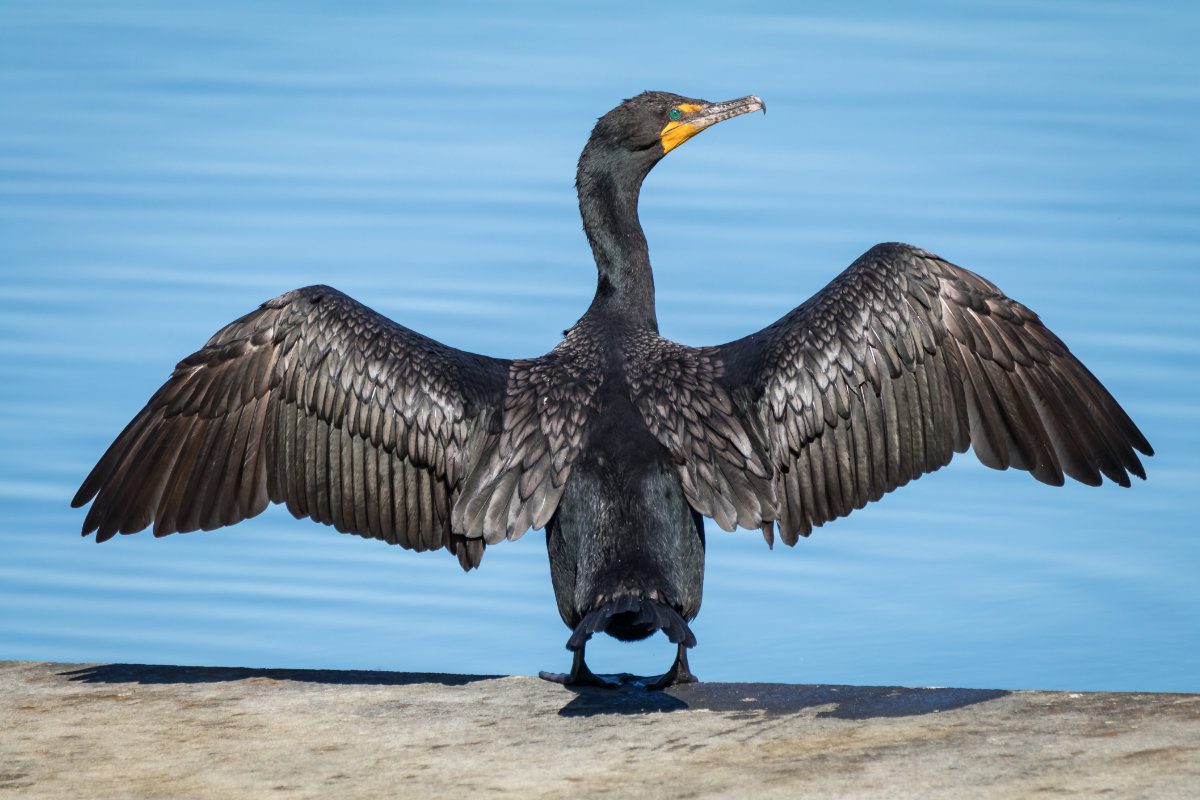
Scientific name: Phalacrocorax pygmeus
Usually (but not always) seen close to the coast, this prehistoric-looking bird is large and dark with an almost reptilian neck. Cormorants are superb fishers — and tend to be hungry eaters — so they’re not wildly popular with anglers, but their hook-tipped bills give them a powerful bearing.
ID tips: Their feathers get waterlogged when they dive, so you’ll often see them with their wings spread out to dry.
Get closer to nature and plan your next break with YHA.







